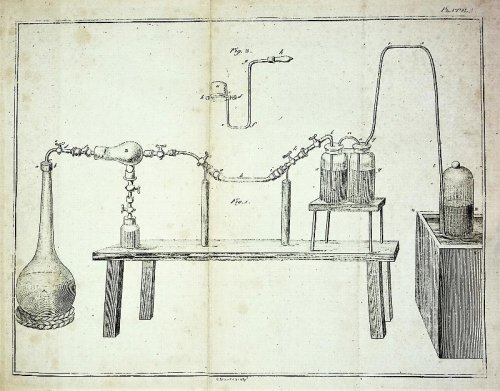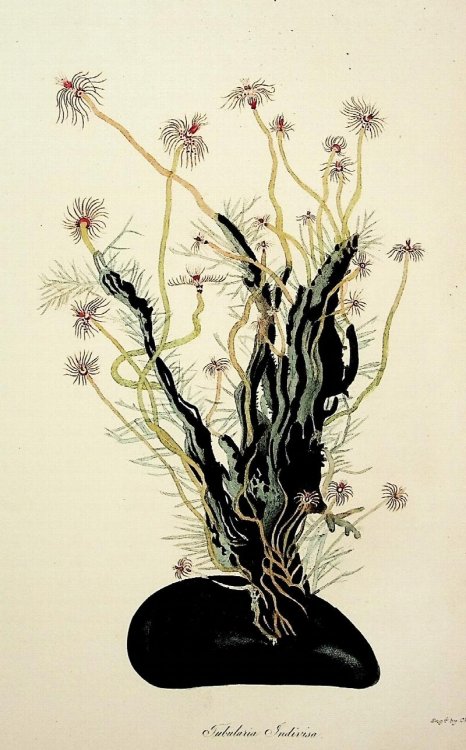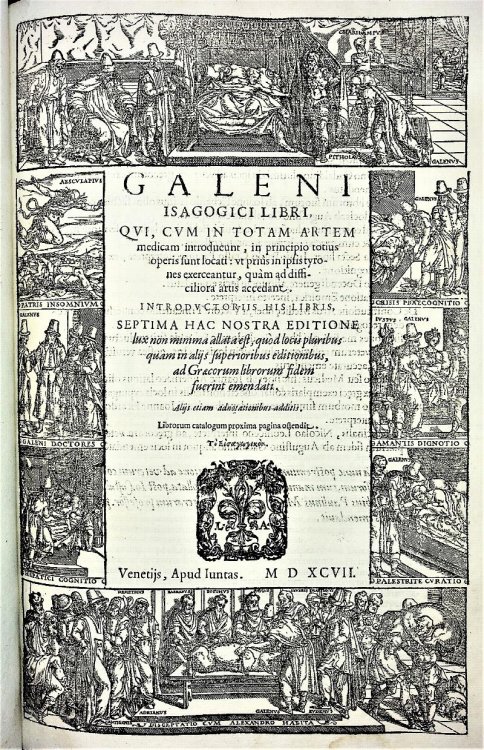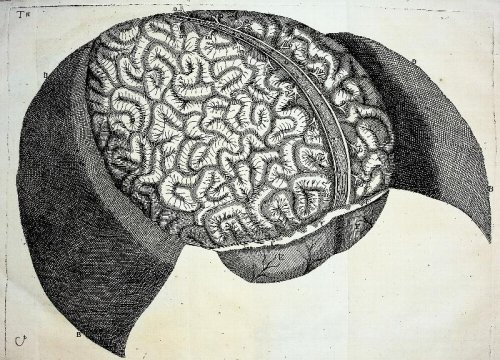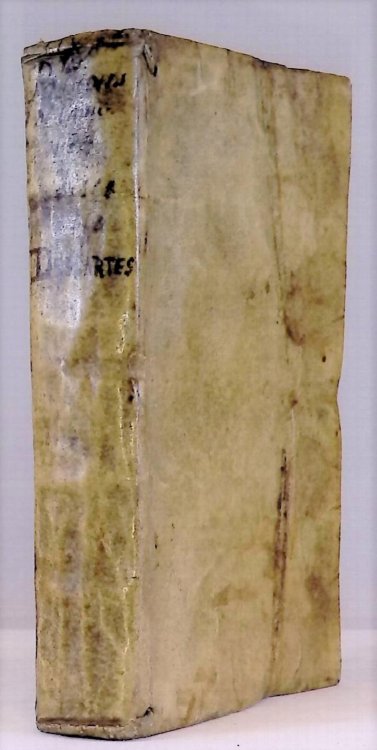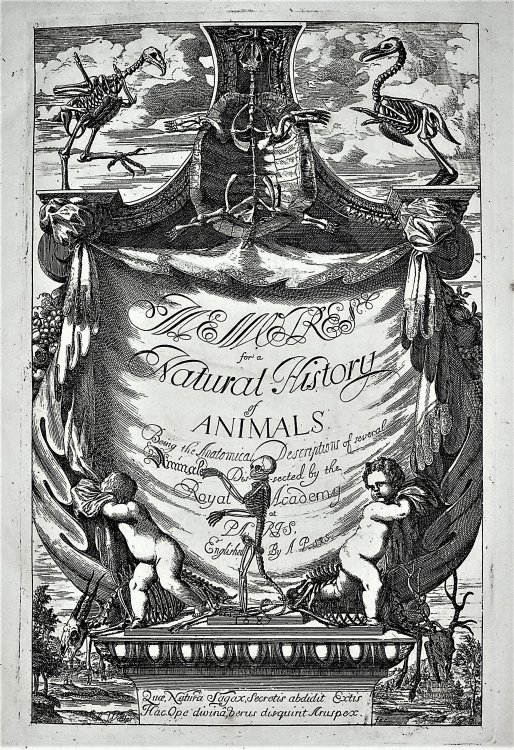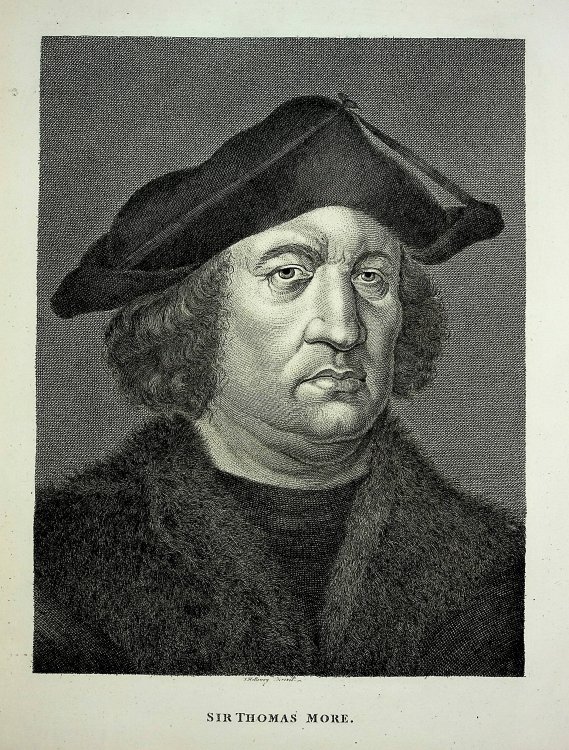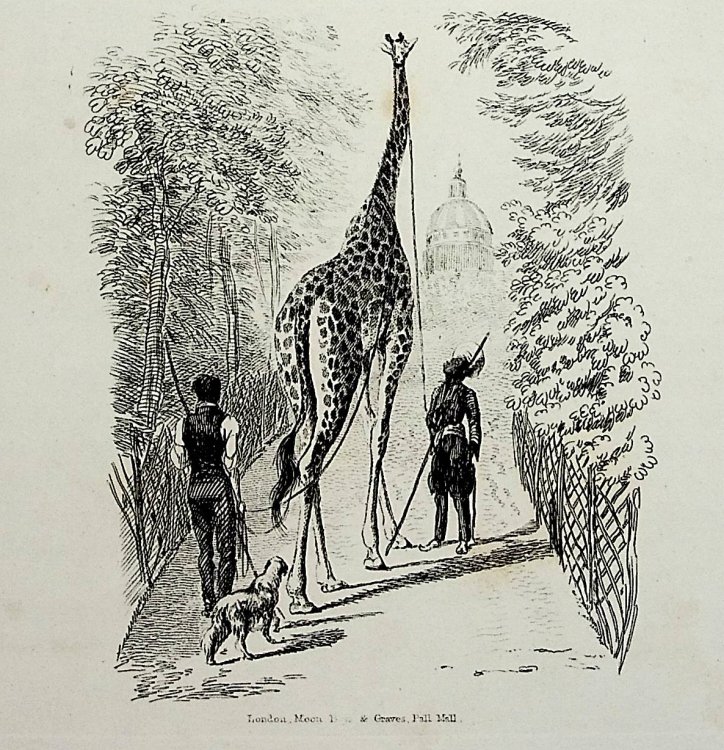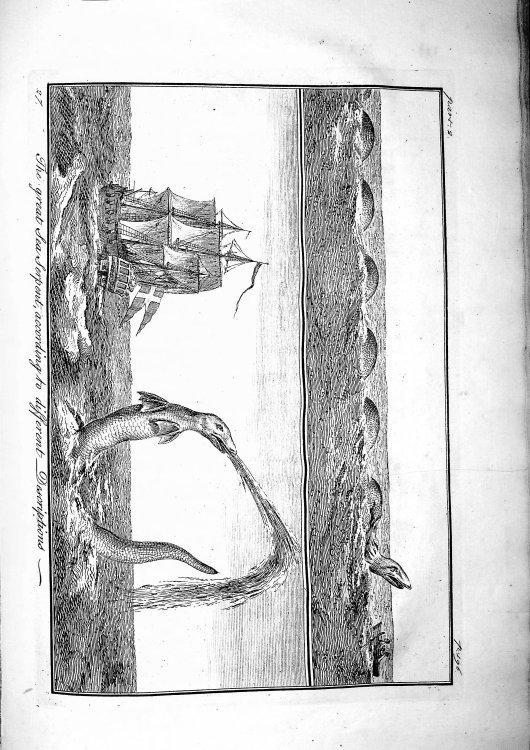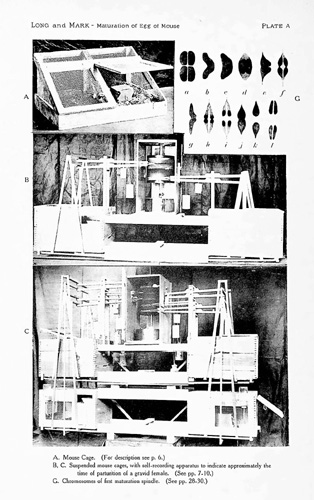
The Maturation of the Egg of the Mouse
$25.00 USD • Used
1911 DETAILED ILLUSTRATED DESCRIPTION OF INSTRUMENTATION CREATED TO REVEAL EARLY MOUSE EMBRYOGENESIS BY TRAINEE AND MENTOR AT HARVARD'S LEGENDARY ZOOLOGICAL LABORATORY. 10 inches tall offprint, pr...
1911 DETAILED ILLUSTRATED DESCRIPTION OF INSTRUMENTATION CREATED TO REVEAL EARLY MOUSE EMBRYOGENESIS BY TRAINEE AND MENTOR AT HARVARD'S LEGENDARY ZOOLOGICAL LABORATORY. 10 inches tall offprint, printed paper covers, iv, 72 pp, 6 plates, very good in custom archival mylar cover. JOSEPH ABRAHAM LONG (1879 - 1953) joined the zoology faculty of the University of California as an Instructor in 1908, immediately after the completion of his doctor's degree at Harvard University, and although he became an Emeritus Professor in 1949 he retained his laboratory in the Department of Zoology and continued his research, as an affiliate of the Institute of Experimental Biology, until shortly before his death. His widely known atlases of chick and rat development, co-authored with his associate, Dr. Paul L. Burlingame, represent a major contribution to instruction in developmental anatomy. These labelled stereoscopic photographs of beautifully prepared specimens--whole mounts, india-ink-injected embryos, and microscopic dissections--greatly facilitate the students's understanding of structural relationships in the vertebrate embryo by providing striking and illuminating three-dimensional views of the unfolding, ever changing morphogenic patterns. He was quick to perceive a methodological problem confronting a student, ingenious in devising a solution, generous in giving of his time to making the device, often in his shop at home, and happy in observing its successful employment (see Plate A and figures D, E, F in Materials and Methods of book offered here). Each tool was as neatly turned as the fine characters in his beautiful penscript. A few examples of Long's inventiveness may be cited: a unique method for dissecting embryos by means of electrically operated knives made from slivers of razor blades, and by needles held and delicately controlled by a system of levers; a complete photographic assembly (inclined camera, illuminator, specimen holder, etc.) for making stereoscopic photomicrographs of dissected embryos; apparatus for gradual mixing of fluids, washing small pieces of tissue, injecting the vascular system with fixing solutions, infiltrating tissues with paraffin, and similar techniques; the first glass wheel machine for sharpening microtome knives; and a remarkably complex organ-culture apparatus with mechanical heart, reservoirs, filters, and aerators. The last-named invention was Long's final and crowning technical achievement. Examples of Long's research contributions are: the maturation of the egg of the mouse (his doctoral dissertation under the guidance of Professor E. L. Mark), the estrous cycle of the rat and related phenomena (with his long-time associate and friend, Professor Herbert M. Evans), the effects of hypophysectomy on gestation in the rat (with his student, Dr. Richard I. Pencharz), the development of the mammalian heart (with his student, Dr. Paul L. Burlingame), and the organ-culture studies mentioned above. EDWARD LAURENS MARK (1847 - 1946 was an American zoologist, Hersey Professor of Anatomy and Director of the Zoological Laboratory of the Museum of Comparative Zoology (MCZ) at Harvard University. in 1873 he travelled to Europe, becoming the first American to obtain a doctorate in the laboratory of Rudolf Leuckart; receiving his Ph.D. in Zoology from the University of Leipzig in 1876. Bringing the cytological and histological approach with him to Harvard University in 1877, he was responsible for the introduction of advanced European microscopic techniques. He became assistant professor of zoology in 1883 and Hersey professor of anatomy in 1885, a position he held until his retirement in 1921. Continuing under the period of Mark's leadership, Harvard's Museum of Comparative Zoology became the major American centre for training research scholars in zoology; especially comparative embryology and later, comparative evolutionary embryology. After completing their doctorates, graduates of Marks laboratory dispersed across the United States having a profound effect on the progress of American zoology. They were research oriented and brought with them a research agenda grounded in comparative zoology and comparative evolutionary embryology. Mark's students accepted academic appointments at universities and scientific institutions, founded or expanded natural history museums, founded marine laboratories, and contributed lasting scientific research legacies.
Product Info
Publisher: Carnegie Institution of Washington
Year: 1911
Type: Used
Binding: Softcover
First Edition
Seller Info
BiomedRareBooksLLCABAAILABIOBA
Address: P.O. Box 193 North Garden, Virginia
Website: https://www.biomedrarebooks.com
Country: United States
